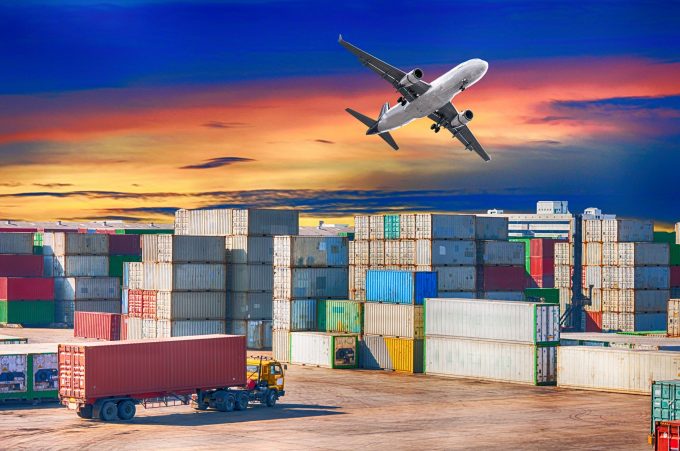AIT Worldwide acquires Krupp Trucking
PRESS RELEASE January 07, 2025 11:01 AM Eastern Standard Time ITASCA, Ill.–(BUSINESS WIRE)–AIT Worldwide Logistics, a leading ...

US forwarders are complaining of a lack of effort to improve supply chain resilience to prepare for a surge in traffic.
Cargo flows are fairly smooth, but forwarders are concerned that a spike in volumes will overwhelm the system again, and plunge the industry into a ...
Keep our news independent, by supporting The Loadstar
Red Sea crisis has driven most new capacity into extended Asia-Europe trades
Carrier price hikes hold, driving spot rates higher as space gets scarcer
Explosions and 'out-of-control' fire reported on Wan Hai box ship
Crew forced to abandon ship in latest fire on vessel carrying EVs
The Loadstar Podcast | Transport Logistic and Air Cargo Europe 2025
'Now or never' for Kuehne and DHL GF to hit back at DSV
Carriers on the hunt for open tonnage again as transpacific rates soar

Comment on this article